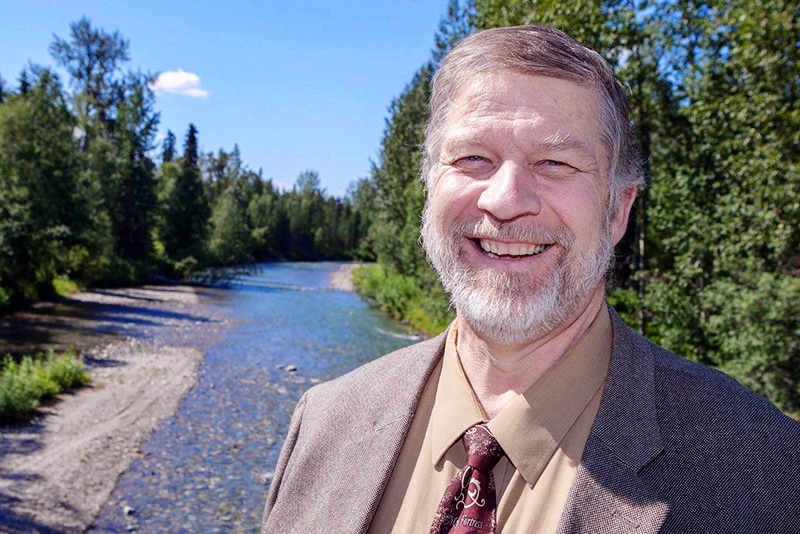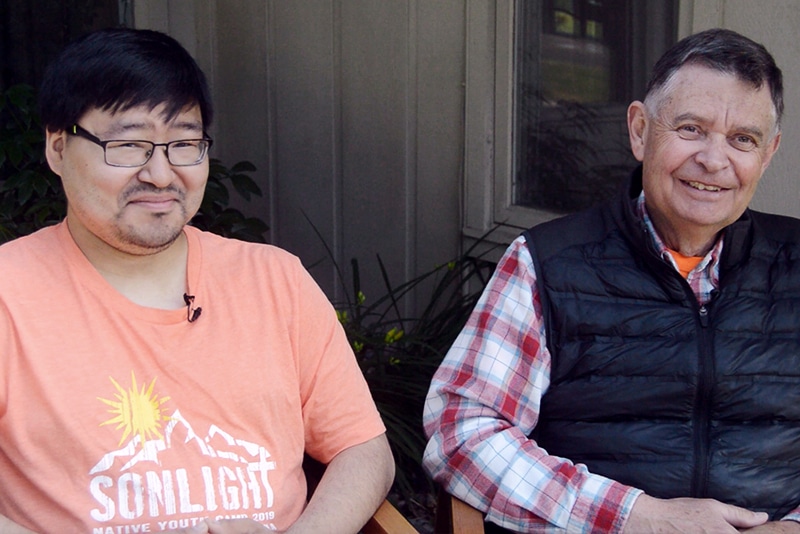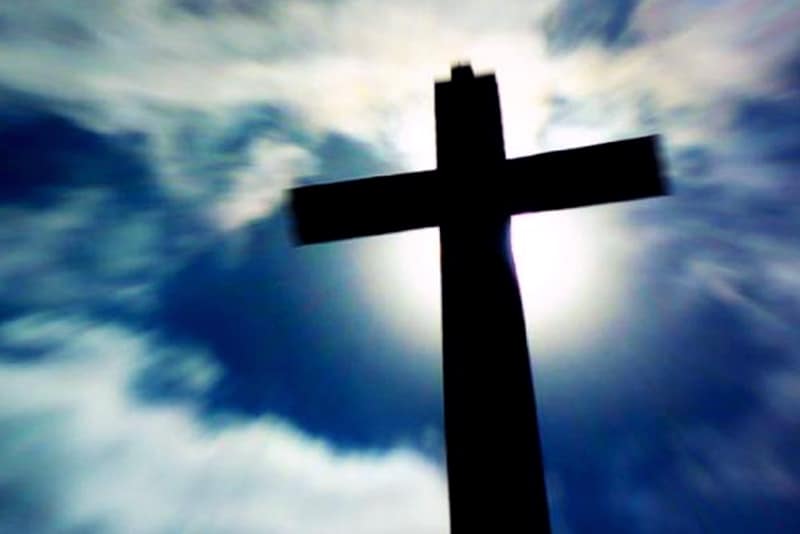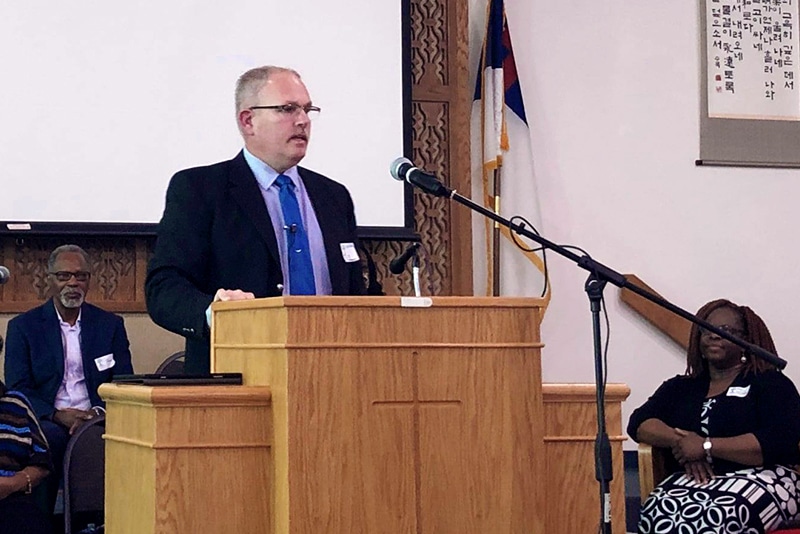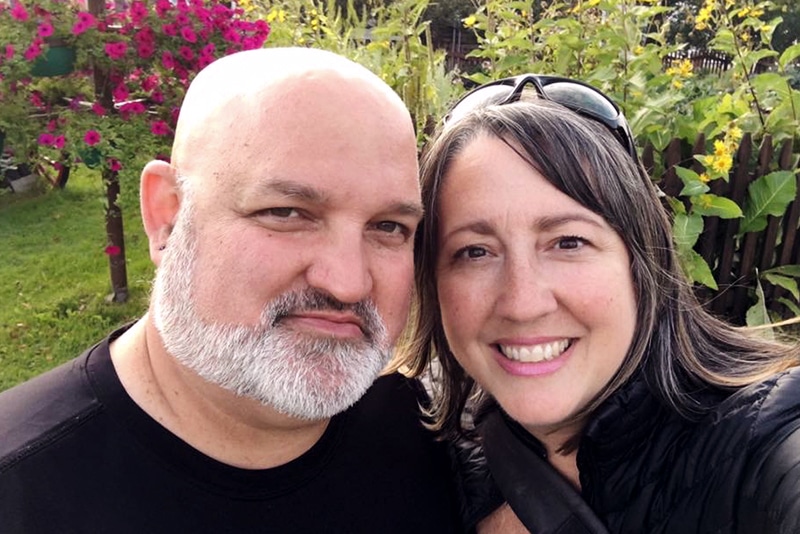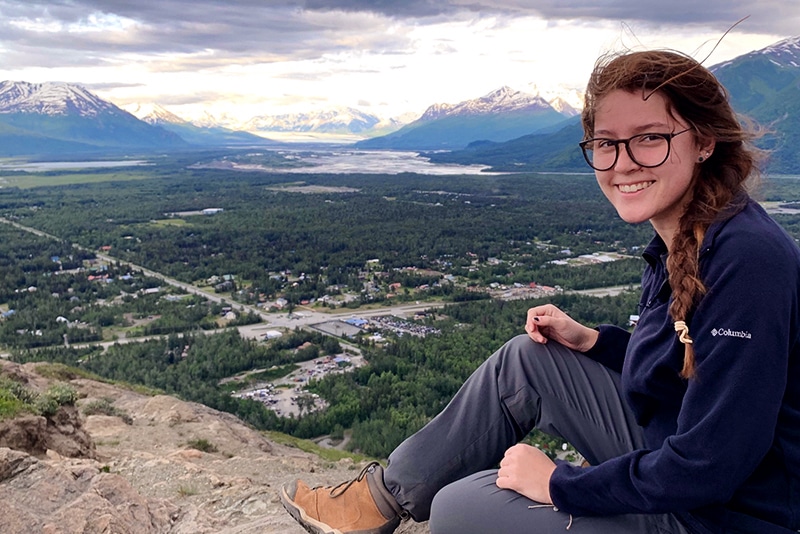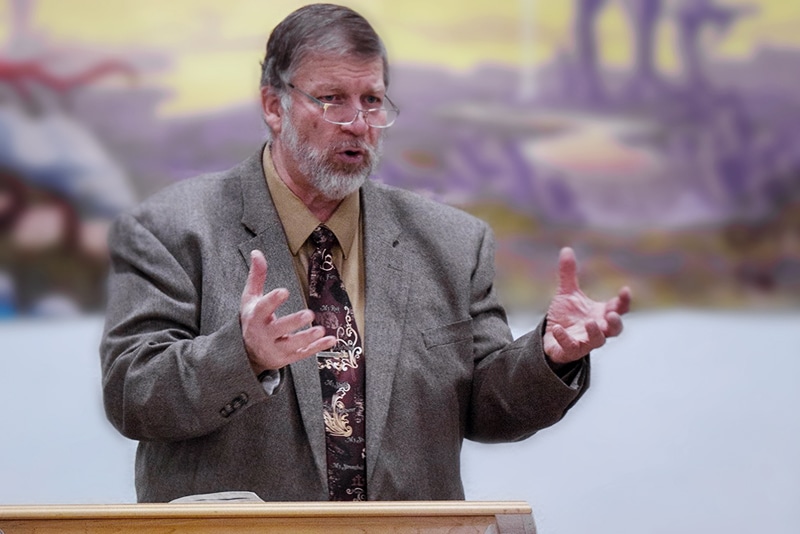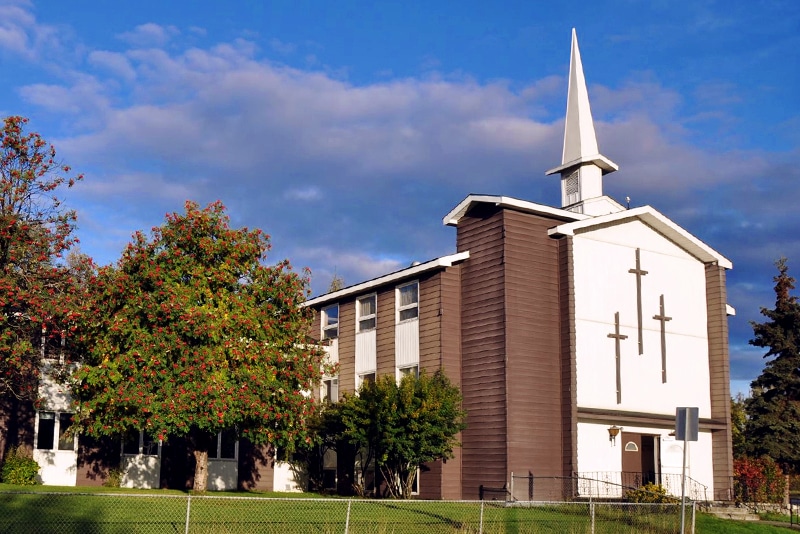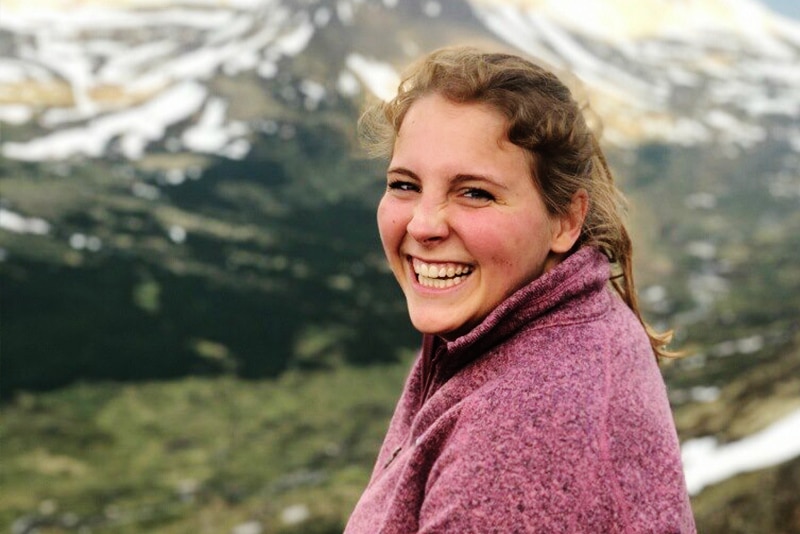About Us
The Alaska Baptist Resource Network came into existence in 1946 when three Southern Baptist churches from Anchorage, Fairbanks and Juneau came together. Their primary purpose was threefold: (1) that the work would be united; (2) that they would encourage one another; and (3) that any future work would be welcomed and tied in with the work already established. This network has now grown to over 100 churches, missions, and preaching points scattered across the great state of Alaska.
Learn More About our History:
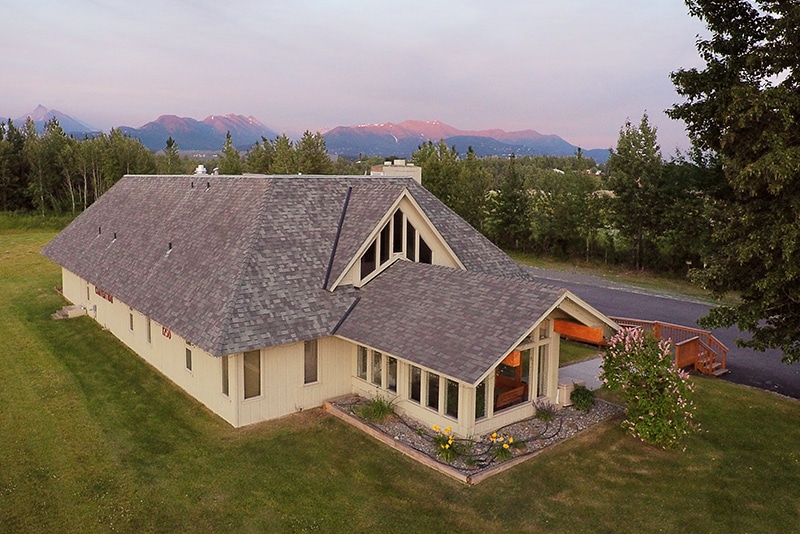
Alaska is a beautiful and interesting state with its snowcapped mountains, blue-hued glaciers, sweeping plains, winding rivers, Northern Lights, mirror-like lakes, verdant evergreens and flourishing, colorful flowers (in spring and summer).The population of Alaska is over 600,000 with a mixture of Eskimos, Indians, Caucasians, African Americans, Russians, Asians, Koreans, Japanese, Chinese, Filipino, and Hispanic. Immigrants continue to add to the diversity of the state’s population.
Tourism is a major contributor to the state’s economy which is anchored in oil, mining, fishing, government, military, and timber. Alaska’s most popular tourist attraction is Denali State Park featuring Mt. McKinley, the tallest mountain on the North American continent soaring to an elevation of 20,320 feet.
Alaska has experienced sudden growth three times in her history. The discovery of gold in 1880 brought on the Gold Rush, resulting in the creation of the cities of Juneau, Skagway, Nome, and Fairbanks. The 1942 Japanese invasion of the Aleutian Islands accelerated the construction of the Alaska-Canada (Alcan) Highway. The third great influx came with the discovery of oil, and the construction of the Trans-Alaska Pipeline in the 1970s, stretching from Prudhoe Bay in the Arctic Circle to Valdez in the south, a seaport in Prince William Sound.
Alaska has the longest days and nights with up to 24 hours of daylight in mid-summer and 24 hours of darkness in mid-winter in Barrow. Temperatures range from a low of minus 80 degrees in winter at Ft. Yukon to a high of 100 degrees in summer at Prospect Creek Camp. Snowfall varies from year to year and area to area but the heaviest annual snowfall at Thompson Pass approaches 1,000 inches.
Alaska is the “flying-est” state in the Union, since this is the only practical way to reach the “bush” country. The state has more licensed pilots per capita than any other state. Most of the major U.S. airlines service Alaska and several international carriers use the Ted Stevens Anchorage International Airport. Numerous small commuter airlines service the villages and bush country.
Unique to Alaska is the Alaska Highway. It stretches from Milepost 0 at Dawson Creek, British Columbia, Canada, 1520 miles through Canada and Alaska to Fairbanks. The building of this highway is recognized as one of the greatest engineering feats of the 20th century. Driving this highway is an adventure which many motorists experience each year.
Alaska is rich in minerals such as silver, copper, zinc, nickel, gold, and platinum. Several non-metallic materials are also mined: coal, sand, gravel, stone, peat, and jade.
Historically, the presence of the military has added greatly to the economy of Alaska. Some of our Southern Baptist churches and missions were begun by military personnel and their families. Other congregations have been, and continue to be, greatly strengthened in their ministry because of military personnel stationed here.
Southern Baptist presence in Alaska was not manifested before 1943. A sketchy record indicates that a Baptist preacher ministered in Skagway during the Gold Rush and that a Mrs. Black conducted a mission Sunday School in Juneau. No other information is available regarding these early ministries.
In 1943, Southern Baptist chaplains stationed at Elmendorf Air Force Base in Anchorage preached a revival at the Church Of The Open Door. This revival and other ministries led to the formation of the First Baptist Church of Anchorage. The new church constituted on September 19, 1943, with 17 charter members including 15 servicemen. During World War II, servicemen stationed in Alaska were not permitted to be accompanied by wife or family.
In 1944, First Baptist Church Anchorage, under the leadership of Pastor Felton Griffin, extended their ministry to Fairbanks resulting in the establishment of the first Southern Baptist church there in 1945. About this same time, and with the support of First Baptist Anchorage, the First Baptist Church of Juneau was constituted. The Alaska Baptist Convention was organized in 1946 by messengers of these Southern Baptist Churches.
As of January 2009, Alaska Baptists reported 74 churches, 23 missions, and 8 preaching points. The churches and missions are organized into four associations: Chugach, Hatcher Pass, Tongass, and Tanana Valley.
Serving under the umbrella of the Alaska Baptist Convention are the Alaska Baptist Foundation and Alaska Baptist Family Services. Also serving Alaska with locations in Anchorage, Fairbanks and Wasilla is the Wayland Baptist University of Plainview, Texas, although they have no official ties to the Alaska Baptist Convention.
Alaska Baptists are greatly indebted to the thousands of volunteers who have come and continue to come, to help with construction, revivals, and many other ministries. Baptists working together can collectively do what they could not do individually.
Compiled by W.C. Garland, Interim Executive Director 1995

